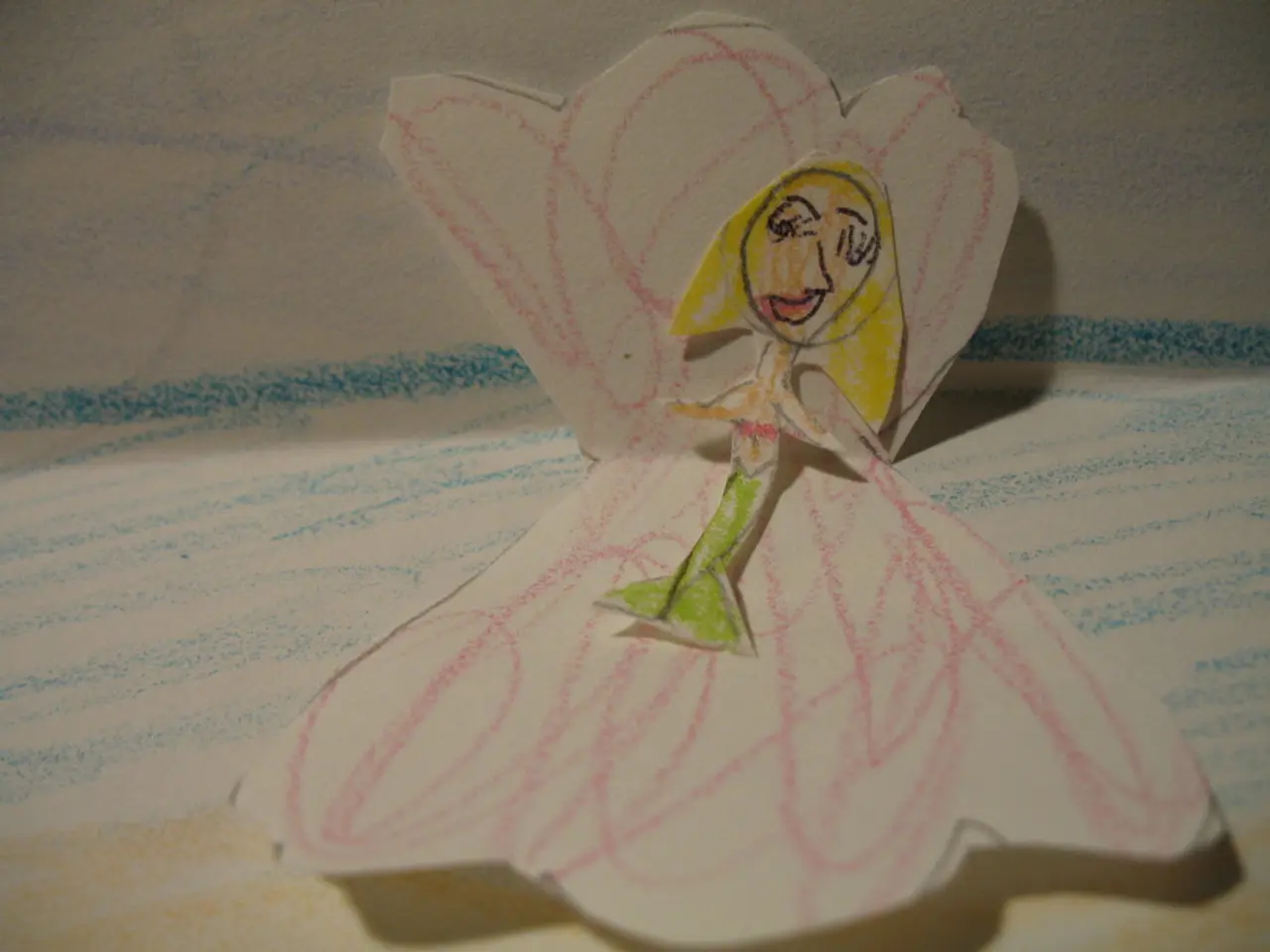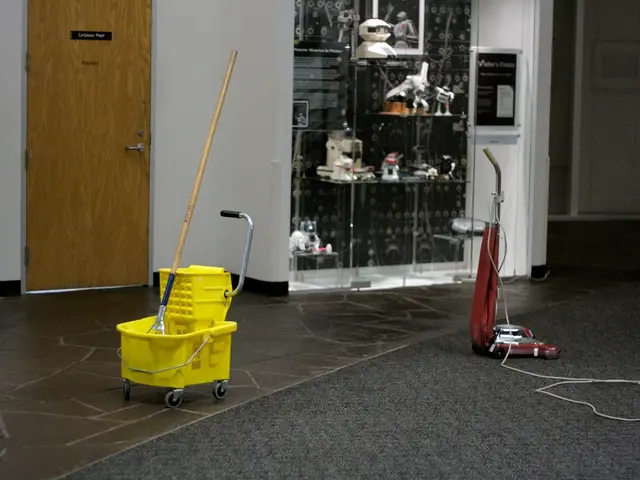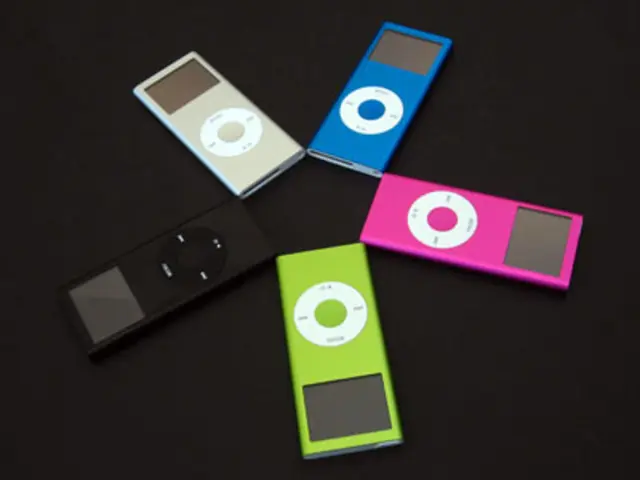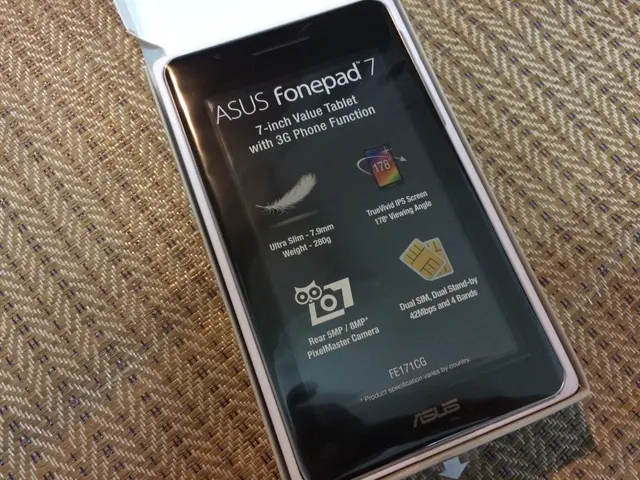Develop a 3D character model for gaming, utilizing ZBrush and Substance 3D Painter for the process
In this article, we'll walk you through a tutorial for creating a game-ready character model using ZBrush, a powerful digital sculpting tool.
The sculpting process can start from scratch or use a ready-made base mesh. Once the initial shape is established, it's time to move on to retopology. For this, manual methods are preferred, with tools like DynaMesh and ZRemesher helping to create topology and connect parts into a single model. During the retopology process, it's important to aim for square polygons rather than rectangular ones, and to avoid triangulation, adding forced triangulation only where necessary.
As you sculpt and retopologise, keep an eye on the shading. If it looks poor, consider adjusting normals, creating solid edges, or adding support loops. In complex areas, monitor the shading carefully during the retopology process.
Once the model is sculpted and retopologised, it's time to move on to texturing. This process takes place in Substance 3D Painter. Here, the model is divided into folders using Vertex Color, the material is adjusted to match the colour scheme of the concept, and textures and depth are added using curvature generators and ambient occlusion.
The baking process follows, where the model and textures are uploaded to Marmoset Toolbag, the baking process is customised, and colour maps of normals, occlusion, curvature, thickness, and vertices are exported.
Once the texturing and baking are complete, the character can be posed using masks and the Gizmo tool in ZBrush. Particular focus is given to the fingers, shoulders, pelvic alignment, eye direction, and head tilt adjustments.
The lighting setup can also be customised to create different atmospheres. A standard setup includes a main source, an auxiliary light on the side, and a contour backlight behind the model.
Post-processing involves adding effects such as a vignette, blurring, and sharpening, changing the background in Photoshop, and adding atmospheric particles like dust and sparks.
Rendering the image can be done using either Blender or Marmoset Toolbag, with adjustments made to the scale and materials, and an emphasis on the silhouette.
Before starting the modeling process, a PureRef file is created to collect images that inspire the project.
This tutorial demonstrates a process for creating a game-ready character model in ZBrush. While the origin of the ZBrush tutorial series mentioned in this article remains unknown, its step-by-step guidance provides a valuable resource for aspiring 3D artists.
Read also:
- Hyundai N affirms transition to hybrid performance-centric models, initiating with Tucson N
- Excess Solar Energy in the Grid: Challenges for Photovoltaic System Owners
- Experienced a 4,000-mile journey in my 2025 Lexus GX 550 on Trail, found the vehicle packed with power, yet the infotainment system exhibited a disconcerting habit of resetting my personal settings arbitrarily.
- Smart-home integration inflates EV charging efficiency








